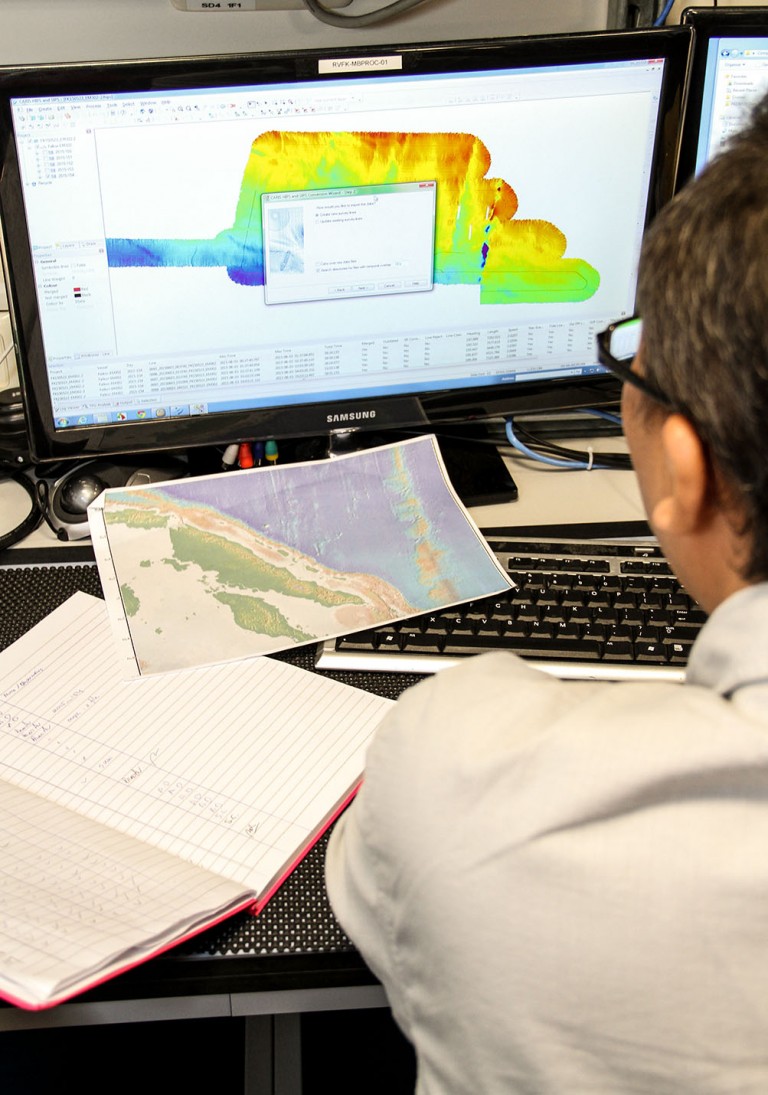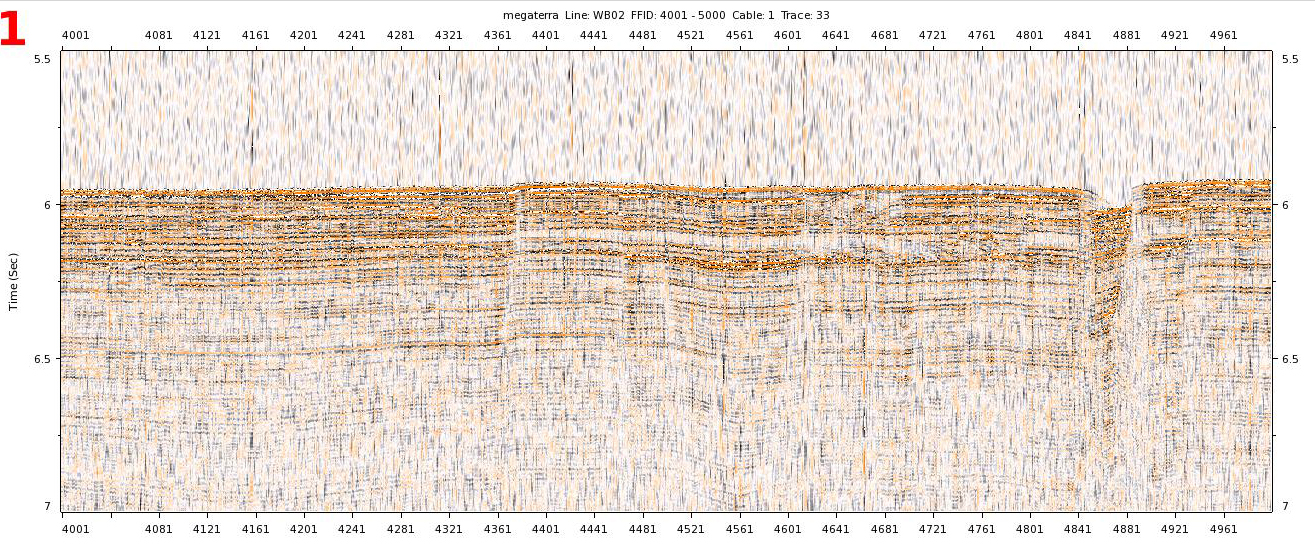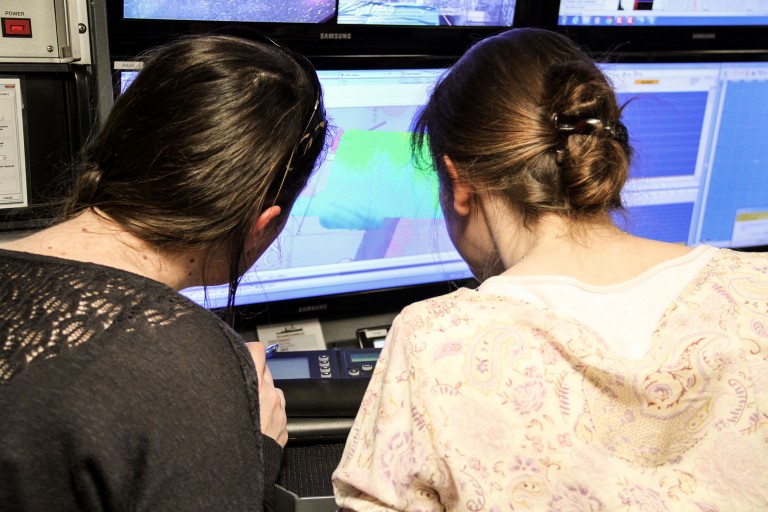Most tectonic action goes on plate boundaries, its interior is not supposed to do much, but somebody forgot to tell the Indo-Australian plate. And so, on April 11th 2012 it did what nobody thought was possible: it produced the largest strike-slip earthquake in our planet’s history. A massive magnitude 8.6 followed by an equally baffling 8.2 aftershock. According to Dr. Satish Singh, we simply don’t understand what happened here, the Indo-Australian plate does not behave as a single, coherent plate.

What, where, why
Strike-slip earthquakes are different from those that occur at subduction zones. Their movement is mostly horizontal, like two blocks rubbing together. They do not lead to vertical displacement of water, which means that they are not associated with big tsunamis.
To the northeast of the Indian Ocean lies a marine area known as the Wharton Basin. This piece of our planet’s crust is under unimaginable stress: to the north, the Indian sub-continent is colliding with Eurasia at a rate of 37 to 44mm per year. This is how the great Himalayas were formed. To the east, there’s the monumental Sunda Megathrust where the Indo-Australia plate itself moves under the Eurasian plate. This combination might very well be why the Wharton Basin is one of the most actively deforming ocean basins in the world.
But why come here? Well, it seems that things may be connected. The MEGATERA expedition is working on the Wharton Basin trying to understand the deformation of the plate’s interior and identify the faults orientation and direction of motion that produced the 8.2 aftershock.
According to Hélène Carton’s research, the Sumatra-Andaman earthquake of 2004 activated dominantly strike-slip features on the plate. An increase in seismicity has been observed in the northern half of the Wharton Basin following the great megathrust earthquake of 2004. ‘You hit me, and I hit you back’ seems to be the motto. Tension accumulates and when one area of the plate releases it, other areas are going to react to it.

At the center
“You can study moonquakes by observing the Earth’s tides” explains Dr. Singh “or you could land on the moon and research more closely. That is what we are doing here. We could study the 2012 strike-slip earthquake by analyzing seismograms of that time, but now we are right on top of the 8.2 epicenter and taking a detailed look at it”.
Active faulting is taking place here. The geophysicists on board of R/V Falkor are literally hunting the 2012 aftershock earthquake while they discuss theories on why the Indo-Australian plate would do what it has done. “We are making great progress” announces happily Frédérique Leclerc while she exits the Science Control Room after the night’s shift, “we definitely are closer to understanding the behavior of this plate.”


